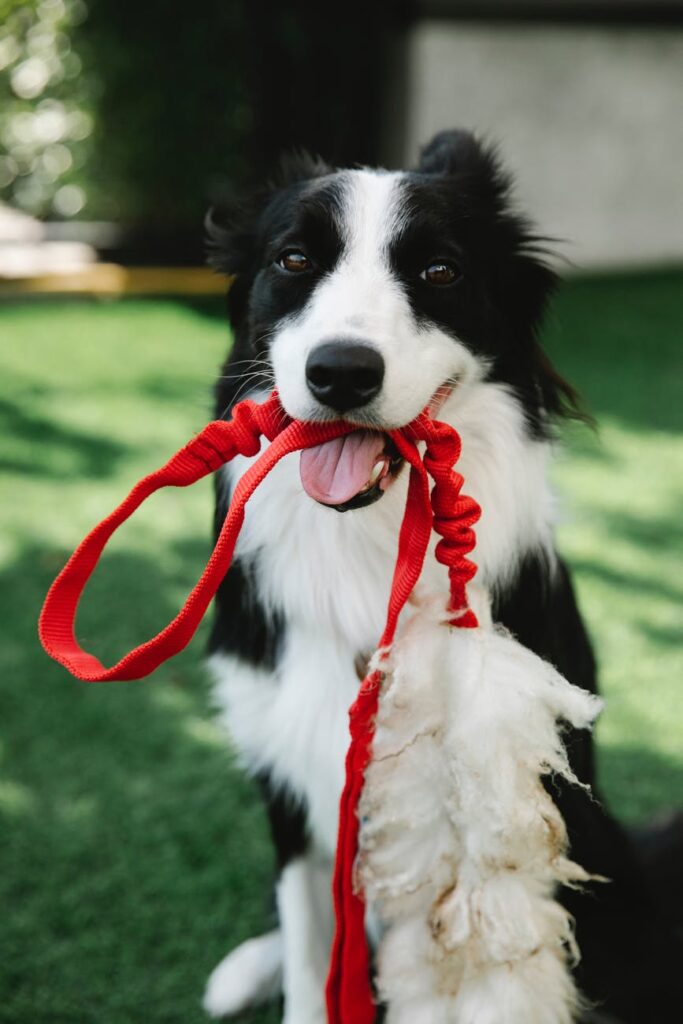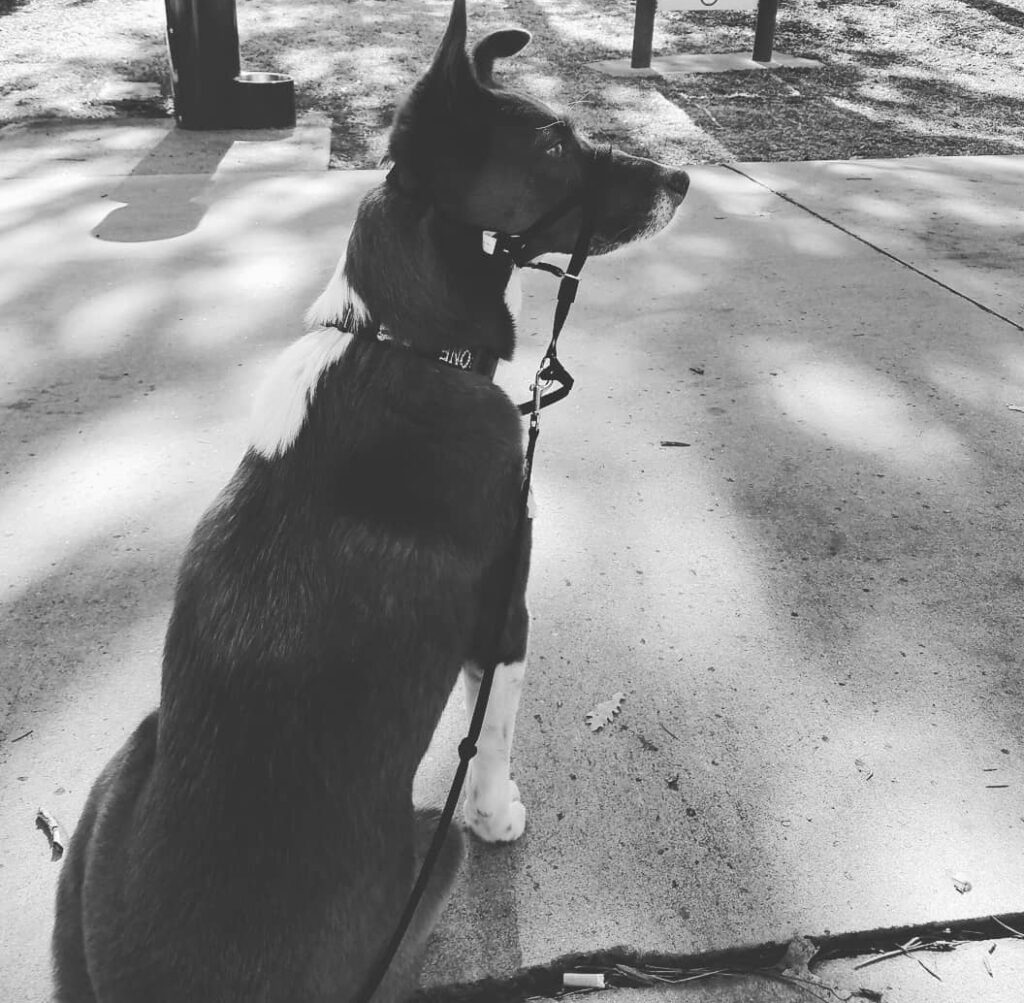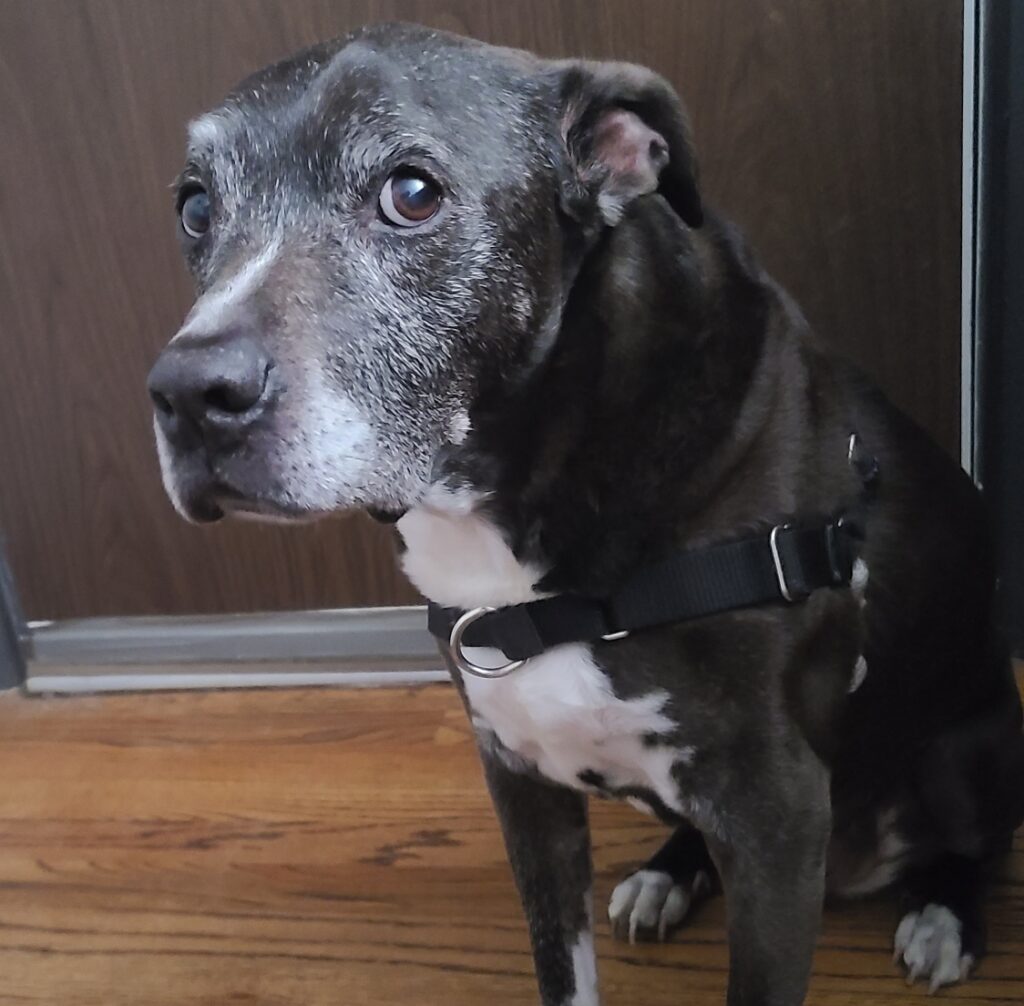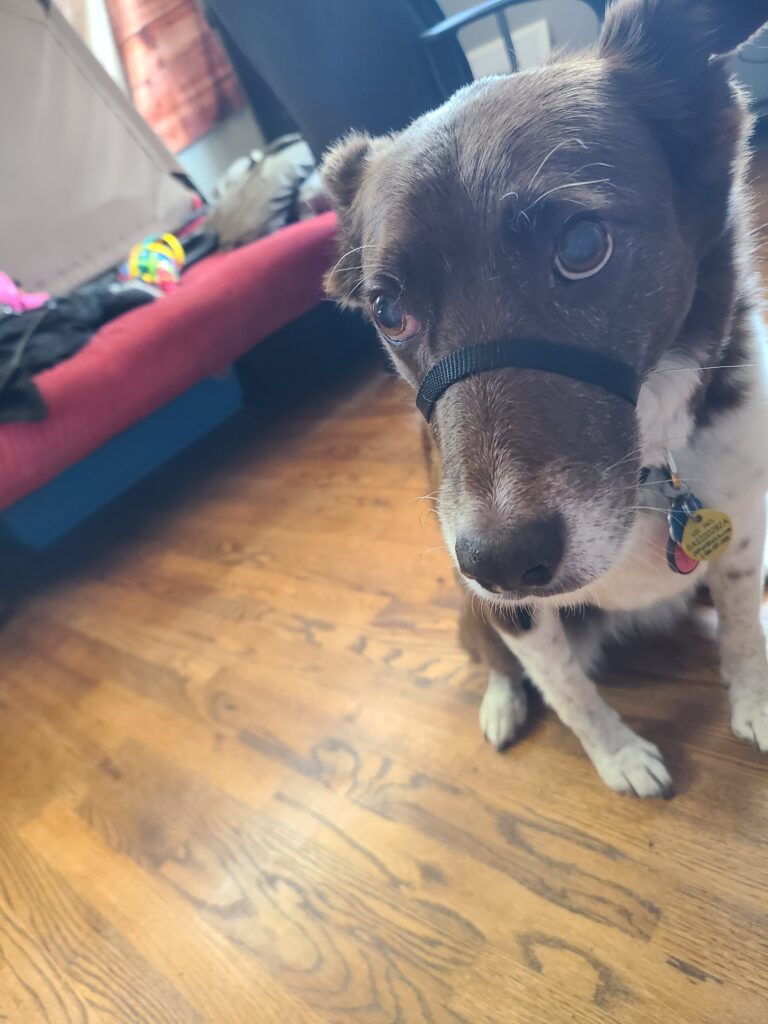The number one request I get as a dog trainer is people who want their dogs to stop pulling on the leash.
There’s no data I could find but I’d guess this is one of the biggest chunks of sales in the pet industry after food. Just search no pull device for dogs and check out the pages of inventions being heralded as the next best thing in dog walking.
This blog will go through my personal experience with no-pull devices and some of the downfalls of these devices that aren’t widely publicized so that you can make a more informed decision when it comes to your dog.

*Please note that no matter what you use to teach your dog to walk nicely, none of the tools mentioned below will be a cure all and must be accompanied by training.
Here are just a few claims used to market no-pull devices:
“They’re gently teaching your dog not to pull”
“They don’t cause unnecessary strain on the trachea”
“They’re humane”
“They’re safe”
These all sound great, and like many other dog owners I was pulled in by this messaging. I bought no pull harnesses for both of my dogs, the front clip kind that “gently pulls them sideways if they try to pull.” And it worked, but only for one dog.
My other dog (pictured below) was a very strong puller and pretty hard headed about getting where she wanted to go.

So I went to the next thing, a head harness. This one claimed, “to gently turn the dogs head if they tried to pull.”
She tried to scratch her face off. No matter how I tried to get her used to it, treats, small amounts of time, trying to just keep walking, she would throw herself on the ground and scratch or rub to get it off. She also started developing a bald spot on her nose and had managed to figure out how to hold her neck straight despite the pressure and pull into the harness when she wasn’t trying to scratch it off.
To make it better, the dog I had on the front clip harness started to develop little sores, under his front legs from it rubbing there.
I had these experiences while I was learning about dog training. I wanted to be a good dog trainer and use the gentlest and most humane tools available because I love dogs and wanted to help them but I felt like I was being sold false hope.
I’d heard about slip leads, “they can cause the trachea to collapse” and prong collars, “barbaric and abusive, just look at them.” I personally knew trainers who loved both and seemed to have success. I’d also met trainers who were purists and didn’t believe in any tools to help teach the dog to stop pulling (I’ve found this method is unreasonable for the average dog owner.)
I started doing my own research and realized pet owners everywhere have been sold products based on highly emotional marketing language, rather than the long term welfare of their dogs.
Front Clip Harnesses

Designed to cause the dog to be uncomfortable when they pull so they pull less or not at all (negative reinforcement).
In 2013 The Whole Dog Journal published an article called The No-Pull Harness Debate and shed light on the fact that front clip harnesses cause a change in a dog’s gait and can cause long term injury by restricting movement.
A lot of articles I came across list this possibility as the the lesser evil, and a good gateway to getting dogs to stop pulling.
While there are some brands who have claimed to rectify this issue, make sure to do your research if choosing this option.
Head Harnesses

Designed to cause the dog to be uncomfortable when they pull so they pull less or not at all (negative reinforcement).
In 2002 a study was published in Applied Animal Behavior Sciences Comparison of Dogs Reaction to Four Different Head Collars the study showed that dogs initial reaction to head harnesses is extreme and can cause harm to the neck and spine.
Another article from The Pet Prone Network sites the long term effects of head harnesses on the neck and gait of the dog.
Some designers have claimed to rectify these problems by changing the point of pressure, though no studies seem to be available.
The general opinion on head harnesses seems pretty polarized, trainers either love them or hate them for various reasons.
Prong Collars

Designed to cause the dog to be uncomfortable when they pull so they pull less or not at all (negative reinforcement).
In 2012 Michigan State University published Prong Collars: Are They Useful or Do They Pose A Danger this article explains that properly fitted prong collars actually reduce damage to the trachea by evenly distributing the weight of the dog and are largely used as a form of “self correction.”
Prong collars can be used incorrectly, there’s no debate about that. There are brands that have sharp points that can puncture or scratch the skin and when fit incorrectly or not paired with training many people find them to be lacking or aversive.
Another polarized subject among dog trainers causing bans in some countries.
Conclusions
Do your research and remember, the pet industry doesn’t care about your dog, they care about your money.
Take a hard look at companies that use emotion based language to get you to buy their products. As stated above, all the tools used to help owners with pulling are using negative reinforcement, despite their claims.
Honesty in dog training is lacking and many trainers claim they don’t use negative reinforcement while suggesting the tools above. My goal is not to bash these trainers but to inform dog owners and use the real language.
Using training tools does not make you a bad dog owner. No matter the reason, it is your choice to make and it’s your choice what tools you use as long as you use them responsibly.
Full disclosure, I’ve found that a well fit prong collar combined with positive reinforcement (treats/toy/praise) is an extremely effective and safe way of teaching a polite walk.
Comments
3 responses to “No Pull Devices: Why Looks Can Be Deceiving”
Yeah, I could never bring myself to try the head halter, I knew for how strong my dog’s lunging was he’d cause some sort of damage to his neck. I’ve heard there are types of head halters that will close around the dog’s mouth when pressure is applied, which I could see being useful in an emergency, but obviously you wouldn’t want to walk a strong puller in it.
For a long time I was trying to teach my dog to walk nicely in a harness. I switched to the front clip harness, but the pressure was not enough to really teach him that pulling/lunging on the leash was not ok. The prong placed and used correctly made the biggest difference for my dog, but I realize not every dog is the same. Now I volunteer walk dogs at a humane society and when I’m able to get the slip lead placed correctly it’s insane how well some dogs respond to the pressure when trying to work with them.
You’re totally right. All dogs respond differently to different tools!
What kind of slip lead do you use? I have a hard time getting them to stay in place and would love a recommendation!
The slip lead I use for volunteer dog walking is provided by the rescue so I don’t know what kind. The biggest thing is that there’s a tab you can slide up to keep it in place, high and tight, which still needs to be adjusted occasionally, but definitely easier than something like a check chain.